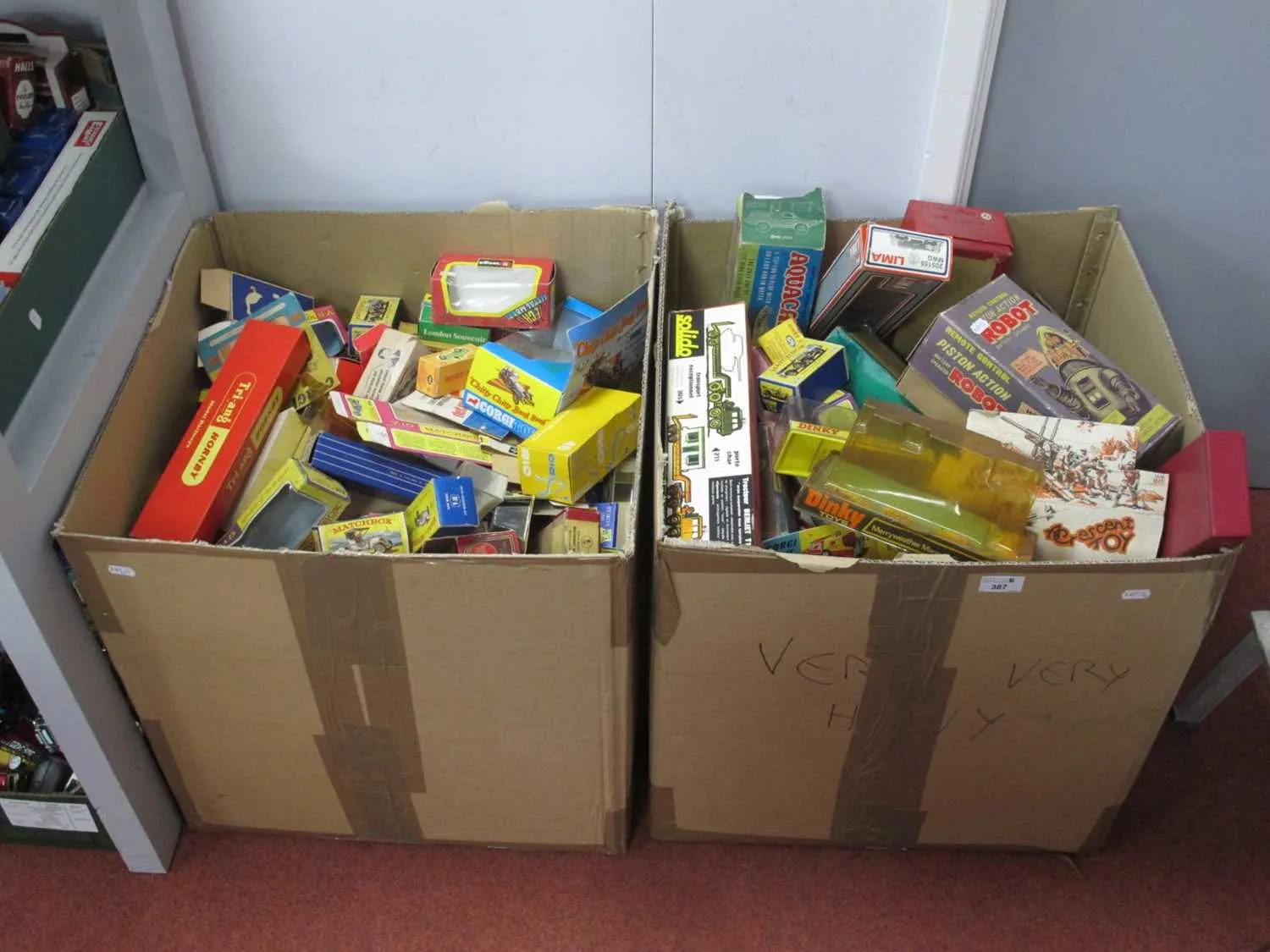What are Diecast Cars?
Diecast cars are miniature replicas of real-world automobiles, manufactured using a die-casting process. This involves injecting molten metal, typically zinc alloys, into molds to create highly detailed and durable models. The term “diecast” refers to the method of production, and these miniature vehicles have captivated collectors and enthusiasts for decades. They are not just toys; they are intricate pieces of art, representing automotive history and design. The level of detail can vary greatly, from simple toys for children to highly accurate models sought by serious collectors. The popularity of diecast cars stems from their affordability, collectibility, and the ability to own a miniature version of a dream car or a piece of automotive history. These models come in various scales, each offering a unique level of detail and collectibility.
The History of Diecast Cars
The history of diecast cars is a fascinating journey, dating back to the early 20th century. These miniature marvels have evolved significantly since their inception, reflecting changes in manufacturing techniques and the evolving tastes of collectors. Initially, diecast cars were primarily made as toys, designed to withstand the rough play of children. Over time, they transitioned into highly detailed collectibles, appreciated for their realism and accuracy. This transformation reflects the changing dynamics of the toy industry and the increasing interest in model cars as a hobby.
Early Production
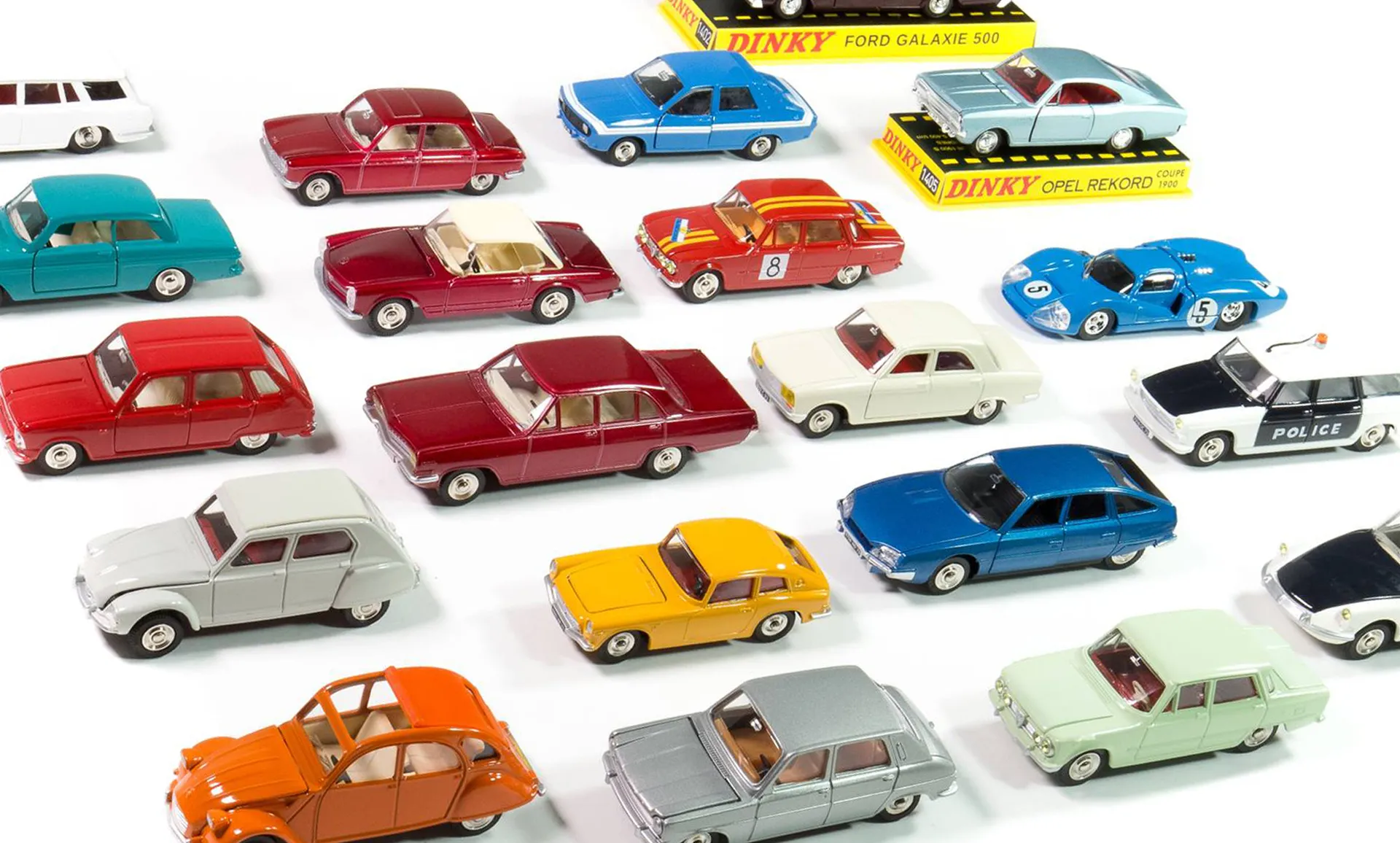
Early diecast cars, produced in the early to mid-20th century, were often made of heavier materials and featured simpler designs. Companies like Dinky Toys and Corgi Toys were pioneers in this industry, establishing the foundation for diecast car manufacturing. These early models were characterized by their robustness and were made to endure the rigors of childhood play. The focus was on creating sturdy, affordable toys that could withstand bumps and scrapes. These first diecast cars were the forerunners of a global phenomenon that would grow into a massive hobby.
Modern Diecast Cars
Modern diecast cars are characterized by their superior detail, accuracy, and the use of advanced manufacturing techniques. These models feature realistic paint jobs, detailed interiors, and intricate engine components. Modern diecast cars cater to a wide range of collectors, from casual enthusiasts to serious hobbyists. Manufacturers now use sophisticated methods such as computer-aided design (CAD) to create highly accurate models. High-end models may feature opening doors, hoods, and trunks, further enhancing their realism and appeal. The increased focus on detail has transformed diecast cars from simple toys into valuable collectibles.
The Popularity of Diecast Cars
The enduring popularity of diecast cars can be attributed to a combination of factors. These include their affordability, the wide variety of models available, and their collectibility. They provide a tangible connection to automotive history and offer a means of preserving iconic vehicles. The ability to own a miniature version of a dream car is a major draw for many collectors. Diecast cars also serve as a way to connect with a community of enthusiasts, sharing knowledge, and displaying their collections. For many, collecting diecast cars is more than just a hobby; it is a passion.
Diecast Cars and Collectors
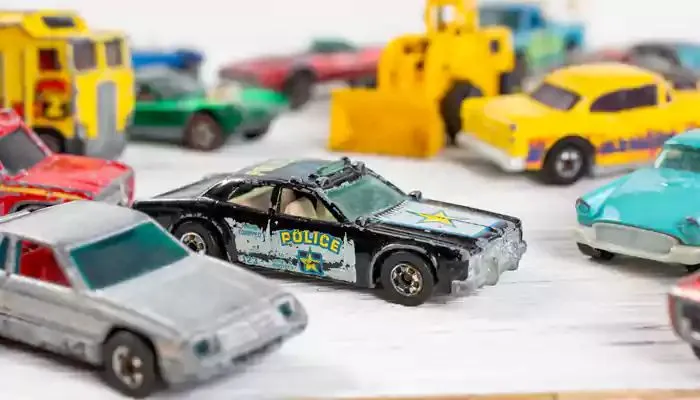
Diecast cars have cultivated a vast and passionate collector base. Collectors range from casual enthusiasts to serious hobbyists. Many collectors specialize in specific brands, scales, or eras, building comprehensive collections that reflect their interests. The community aspect is crucial, with collectors frequently exchanging information, sharing tips, and displaying their collections at shows and online forums. The community fosters a sense of belonging and provides resources for buying, selling, and trading models. The value of a collection can vary, depending on the rarity, condition, and historical significance of the models.
Different Scales of Diecast Cars
Diecast cars come in a variety of scales, each defined by a specific ratio representing the model’s size relative to the real car. Common scales include 1:18, 1:24, 1:43, and 1:64, each offering a different level of detail and size. The scale dictates the level of detail, the price, and the space required to display the collection. Larger scales like 1:18 often provide more detail, while smaller scales like 1:64 are more affordable and easier to store. Collectors often choose scales that align with their preferences for detail, space, and budget. The different scales offer a diversified approach to collecting.
The Most Common Scales
The most common scales in diecast car collecting are 1:18, 1:24, 1:43, and 1:64. The 1:18 scale models are popular for their intricate detail and larger size, making them ideal for display. The 1:24 scale offers a balance of detail and affordability, which makes them popular amongst a wide range of collectors. 1:43 scale models are more compact and are great for those with limited space. The 1:64 scale models, often called “Hot Wheels” or “Matchbox” cars, are the most accessible due to their lower cost and ease of storage. Each scale caters to different preferences and budgets, contributing to the diversity of the diecast car hobby.
Rare Diecast Cars
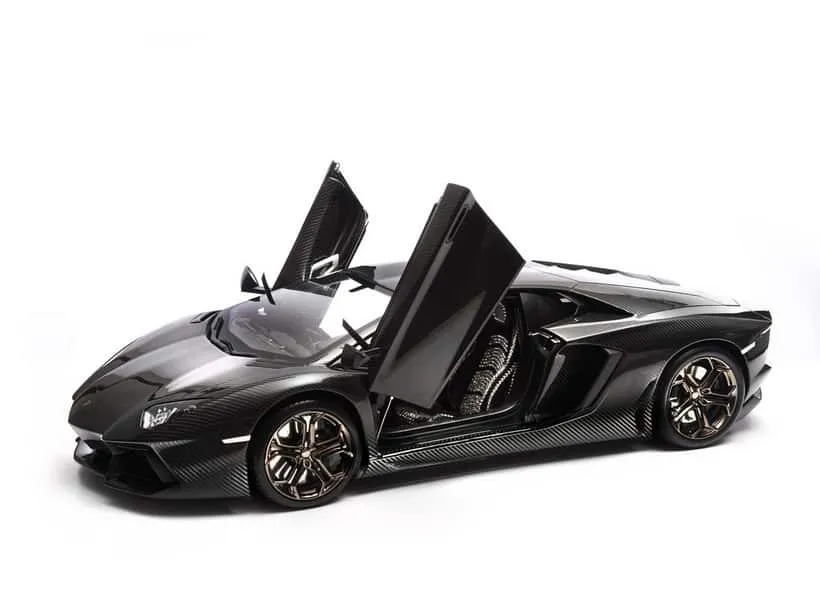
Rare diecast cars are highly sought after by collectors. Their value is determined by factors such as their production numbers, historical significance, and condition. Vintage models, limited editions, and models with unusual features often command high prices. The rarity of a model can be influenced by the manufacturer’s production runs and how well the models have been preserved over time. Rare models often represent significant investments and are considered valuable assets within the collecting community.
Factors Influencing Value
The value of a diecast car is influenced by a variety of factors, including its rarity, condition, and historical significance. Limited edition models and those produced in low numbers often command premium prices. The condition of the car is crucial; models in original packaging, with minimal wear and tear, are more valuable. Historical significance also plays a role, with models representing iconic cars or significant events being highly sought after. The market value is also affected by brand reputation and the presence of detailing features. A car’s value can fluctuate over time, making it important for collectors to stay informed about market trends.
Where to Buy Diecast Cars
Diecast cars can be found in a variety of locations, both online and offline. Understanding the different avenues for purchasing diecast cars allows collectors to access a wide range of models and find the best deals. From online marketplaces to specialty shops, the market offers plenty of opportunities to find the perfect addition to a collection.
Online Marketplaces

Online marketplaces such as eBay and specialized diecast car websites offer extensive selections and competitive prices. These platforms allow collectors to easily search for specific models, compare prices, and read reviews. Auctions can be a great way to find rare models, but it is important to do your research to avoid counterfeits and to understand shipping costs. The convenience and vast selection make online marketplaces an appealing option for both beginners and experienced collectors.
Specialty Shops
Specialty shops and hobby stores are great places to find diecast cars. These stores often carry a curated selection of models, and the staff can offer expert advice and guidance. Shopping at specialty stores is a great way to support local businesses and see models in person before purchasing. Many shops also host events, such as car shows and collector meetings, fostering a strong community of enthusiasts.
Caring for Diecast Cars
Proper care is essential for preserving the value and condition of a diecast car collection. The lifespan and appearance of these models can be significantly extended through careful maintenance and storage practices. Regular cleaning, careful handling, and proper storage are essential steps in protecting the investment and preserving the models for future enjoyment.
Cleaning and Maintenance
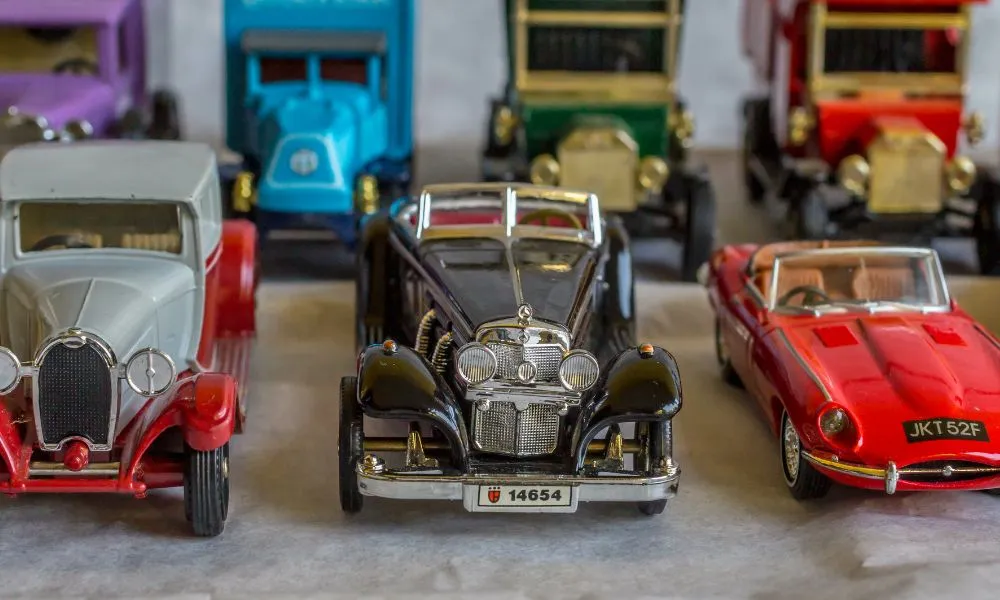
Regular cleaning and maintenance help keep diecast cars in top condition. Dusting with a soft cloth removes dirt and debris, preventing scratches. Avoid using harsh chemicals, opting for mild soap and water to clean the car’s surface. Inspecting the models regularly for any signs of damage or wear is important, and addressing any issues immediately can prevent further deterioration. Proper cleaning and maintenance will not only preserve the appearance of the models but also contribute to their long-term value.
Proper Storage
Proper storage is essential for protecting diecast cars from damage and environmental factors. Displaying the models in a dust-free environment, away from direct sunlight and extreme temperatures, is important. Storing them in individual display cases or boxes protects them from scratches and dust. Controlling humidity also helps prevent rust and corrosion. Good storage practices are a key component in preserving the condition and value of diecast cars.
Conclusion
Diecast cars offer a fascinating journey into the world of miniature automobiles, providing collectors with a unique blend of history, art, and passion. From the humble beginnings to the intricate models of today, the enduring appeal of diecast cars lies in their detail, collectibility, and the sense of connection they provide to automotive history. Whether you’re a seasoned collector or just starting, diecast cars offer a rewarding hobby that can last a lifetime. Understanding the history, the market, and the proper care of diecast cars will only enhance the collecting experience, making it a treasured hobby for years to come.
